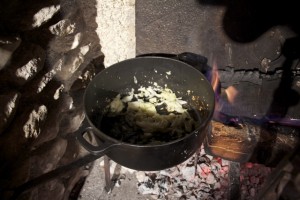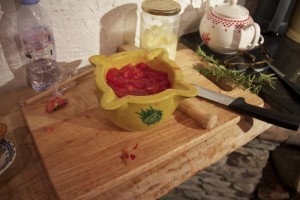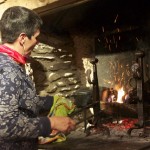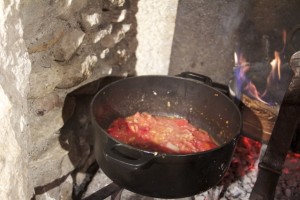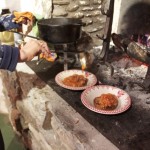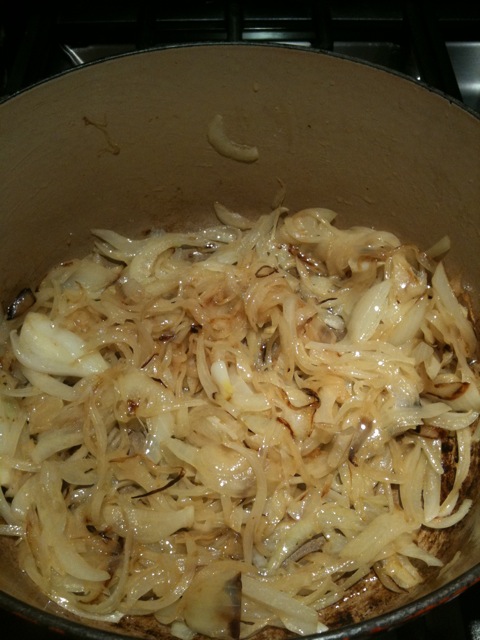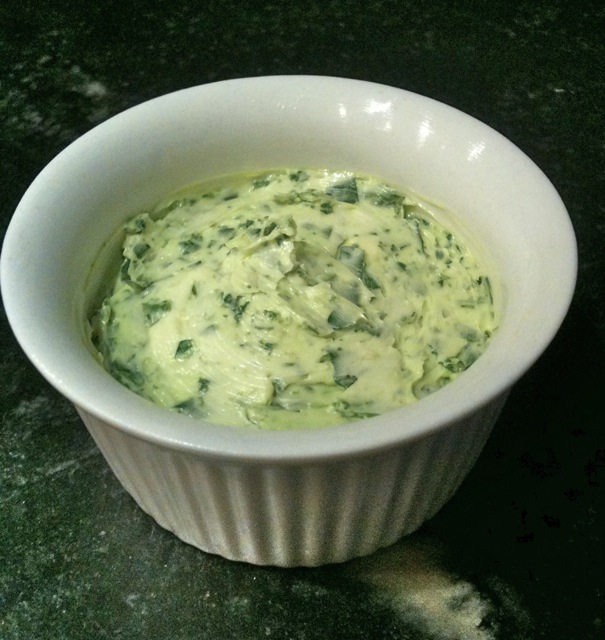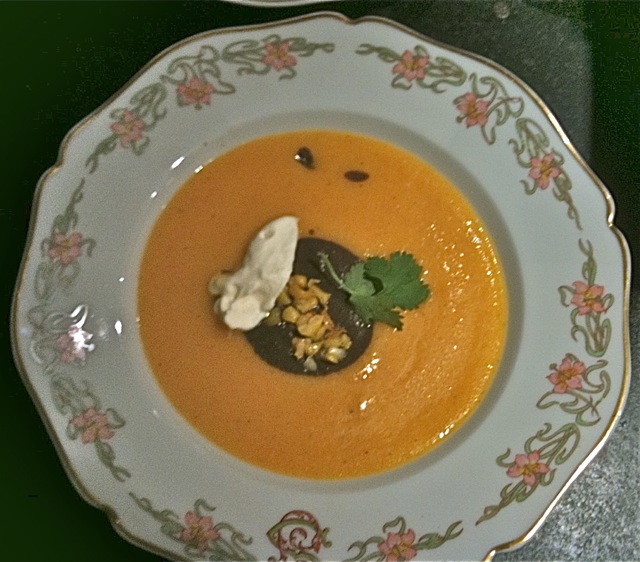
PLEASE DO IT AGAIN! because I didn’t get your message since
I made a mistake when I set up the gmail address.
the correct address is:
rsvphomesalon@gmail.com
Sorry for the inconvenience.
RSVP NYC
(an interview/reading)
HOME SALON
To provide a space for conversation and
create a more meaningful feeling of community
Free events at rotating homes
RSVP #1:
SATURDAY MARCH 15th
at the home of Pierre Joris & Nicole Peyrafitte
Gathering 5PM/Reading 6PM
SERVING & GRILLING:
JEAN PORTANTE
Poet from Luxembourg ( see bio below)
SOUP & SALAD
You CAN BRING:
Drinks/cheese/dessert/bread/crackers/hors d’oeuvres
Let us know what you’ll bring when you RSVP.
You MUST RSVP to:
rsvphomesalon@gmail.com
(no exception)
Space limited to the first 25 people – first come first serve basis
Address & direction will be given to you when with your RSVP confirmation: rsvphomesalon@gmail.com
If you are interested in volunteering to help or host please email us at
Jean Portante was born in Differdange (Luxembourg) in 1950. He is of Italian origin. He lives in Paris. He has written more than fifty books, including poetry, novels, stories, plays, essays, and translations, and has been widely translated. His books have been published in Luxembourg, France, Belgium, Switzerland, Quebec, Ireland, Italy, Rumania, Bulgaria, Portugal, Germany, Slovakia, Serbia, Argentina, Colombia, Mexico, Great-Britain, etc. He translated to the French poets like Juan Gelman, Jerome Rothenberg, Pierre Joris, John Deane, Gonzalo Rojas, Edoardo Sanguineti, Valerio Magrelli, Durs Grünbein, etc.
In 2003 his book L’Etrange langue was awarded the Prix Mallarme in France, and the same year Portante was awarded the Grand Prix d’Automne de la Societe des Gens de Lettres for his entire work. In 2005, French editor Le Castor Astral published a personal anthology, La Cendre des mots, containing a selection of his work from 1989 to 2005.
Having lived in Cuba for many years Portante is very much at home in Latin America, and a prominent translator of Latin American poetry. Politically, he remains a combative spokesman for the Left in his columns for Le Jeudi, and is highly regarded for his representation of Italian immigrant experience in Luxembourg as described in his autobiographically-inspired novel Mrs Haroy ou la mémoire de la baleine.
In English he has published: Point. Eraising, The Daedalus Press, 2003 and In Reality, Seren Books, June 2013.
As a novelist, Jean Portante published, among others, Mrs Haroy ou la memoire de la baleine, which has been translated into many languages. He is also the author of a biographical essay on Allen Ginsberg: Allen Ginsberg. L’autre Amerique. Le Castor Astral, 1999.
Since 2006, Jean Portante is member of the Academie Mallarme, based in Paris. In 2008, he founded, in France, with the French poet Jacques Darras, the poetry magazine Inuits dans la jungle. In Luxembourg he is at the head of the literary magazine Transkrit.
In 2011 he was awarded the National Literature Award of Luxembourg for his entire work.
About:
In Reality: Selected Poems
Jean Portante is a lyric poet, and also one who has something to say to an international audience. As a Francophone Luxemburger of Italian descent, his poetry works at the spaces between European cultures and is concerned with themes of identity, politics, language, Europe, the divide between politics and everyday life. This dual language edition collects work from the last 20 years, including poems from his 2013 collection, Après le tremblement, which addresses an earthquake in his ancestral Italian village.
Rich in imagery, and addressing themes like memory and forgetting, Portante’s poetry moves discursively to a telling conclusion, which engages readers in whatever language they encounter him. The poems are presented in dual text.
Pierre Joris wrote of this book: “In reality, reality is ghosted by a multiplicity of forms of energy & energies of form it is the poet’s job to reveal & hide in the double play of his languages’ hide & seek. Jean Portante is a master at just that chassé-croisé of language & meaning, of real ghosts & ghostly realities. One ‘In Reality’ can (& does) hide another. Read on & in.”




